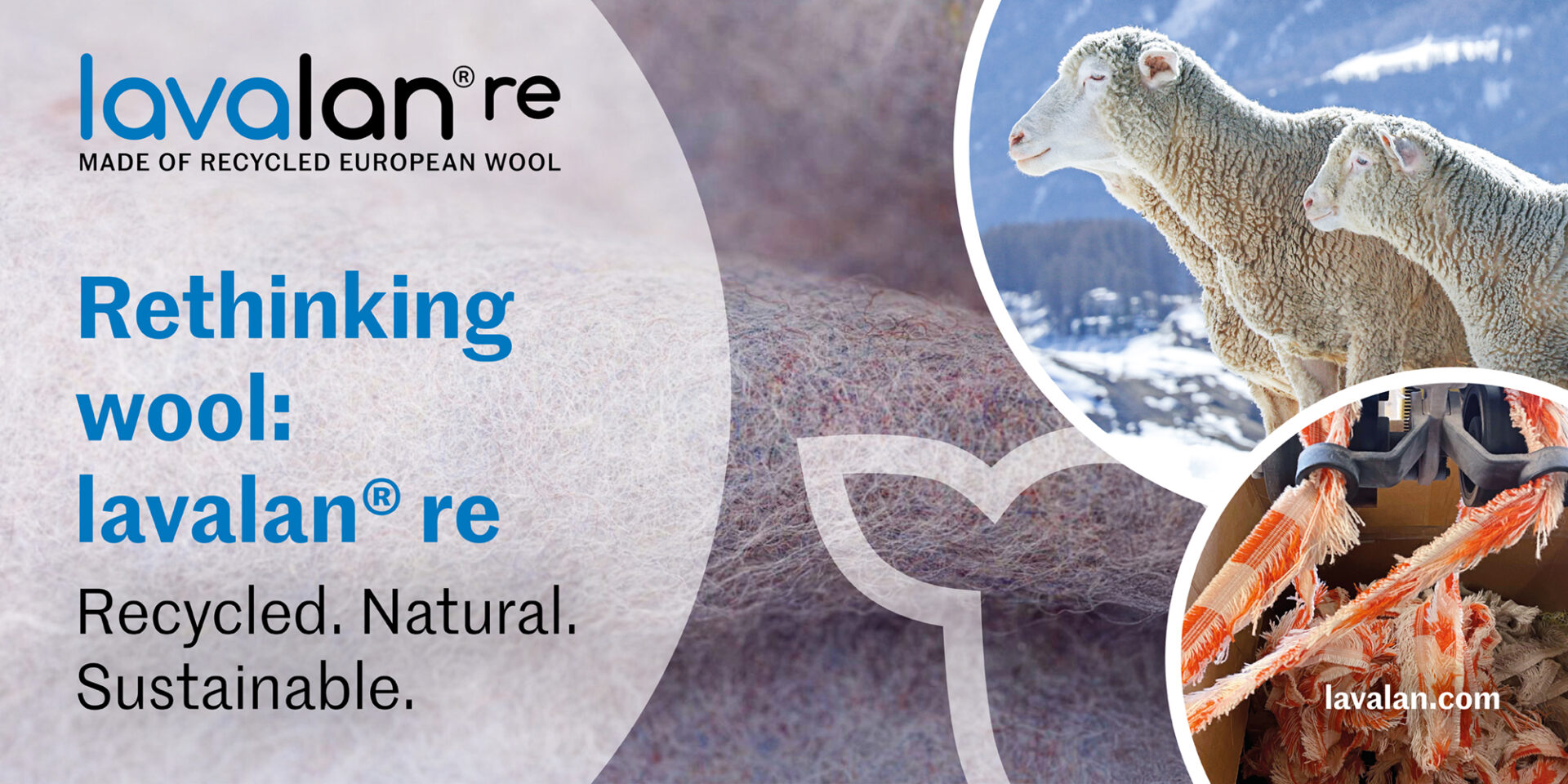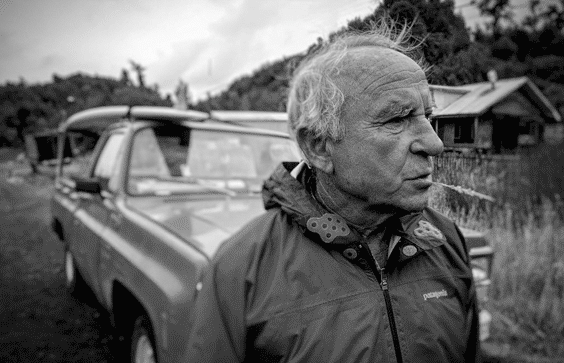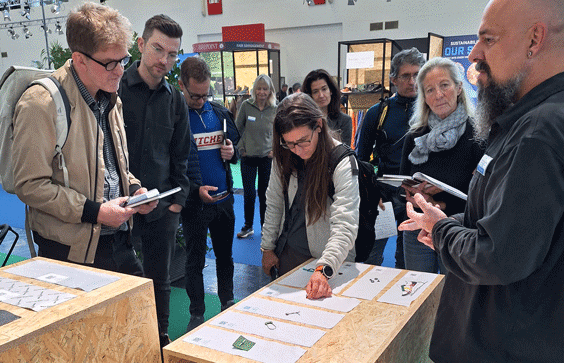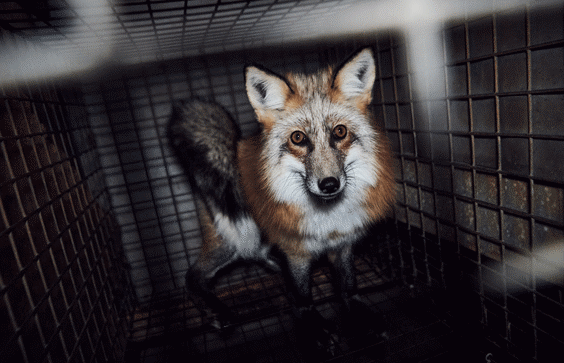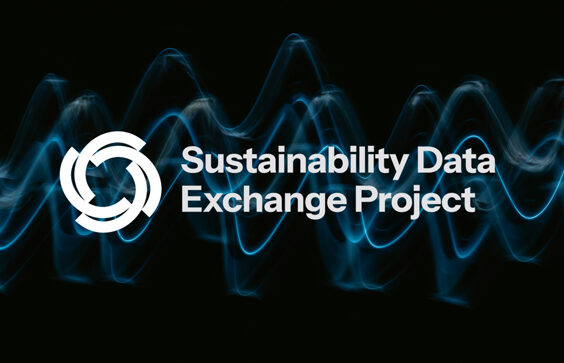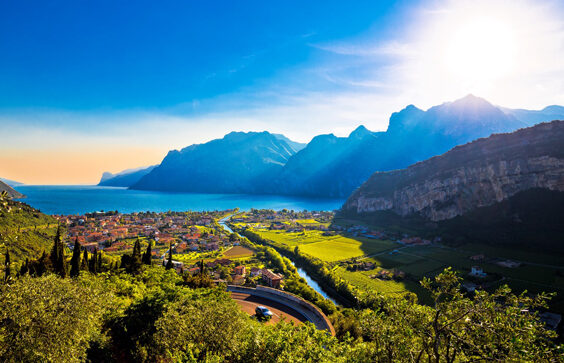
September 10, 2025 Key takeaways from the OIA Catalyst Conference
From climate strategy to chemical compliance and worker rights, the OIA Catalyst Conference delivered practical insights for outdoor brands navigating rising regulatory and supply chain pressures. Here are five standout sessions featuring representatives from REI, Keen, Cotopaxi, Fair Trade USA and more.
Keynote: Framing the outdoor industry’s climate opportunity
Opening the event, Dr. Jonathan Foley, executive director of Project Drawdown, provided a sharp dose of inspiration rooted in science and evidence. He highlighted what is already working to reverse global emissions, including nature-based carbon sinks, food system reform, and renewable energy. These, he explained, are not only effective climate solutions but also actionable opportunities for outdoor companies to lead.
He also introduced a soon-to-launch free platform, the Drawdown Explorer, which will allow businesses to explore specific, proven strategies to cut emissions across operations and supply chains.
But while on the whole Foley chose an optimistic view, he closed with a warning: The time for small wins and one-off gestures is over. Relying on offsets and incremental change will not be enough. Only deep operational reductions and systemic coordination across industries will meet the scale of the climate crisis.
Climate leadership through collective action
The “Lead the Charge for a Sustainable Future” session focused on how brands are working collectively, including through the Outdoor Industry Association’s Climate Action Corps. Breana Nehls, OIA’s manager of sustainable business innovation, reported that 87 percent of member companies have now set Scope 3 targets, representing a 28 percent increase from the previous year.
Carrie Forbes of Stio and Nick Myhre of SRAM shared brand-level strategies, including setting internal carbon pricing and strengthening supplier emissions data. Nehls emphasized that companies do not need to be large or advanced to take meaningful steps.
Tackling toxic chemicals with design and policy
The “Scaling New Heights in Clean Chemistry” session explored the outdoor sector’s reliance on performance chemicals and how brands are finding safer alternatives. Julie Brown, director of sustainable business innovation at OIA, introduced benchmarking data from the Clean Chemistry and Materials Coalition. This data shows that 80 percent of member companies have chemical management goals in place.
Lauren Hood, senior sustainability manager at Keen Footwear, outlined Keen’s use of the six-classes approach to eliminate PFAS and other toxic substances. This often required product redesign and shifts in manufacturing methods. Greg Foweraker from GSI Outdoors and Avi Kar of NRDC highlighted the importance of policy engagement and warned against relying on quick substitutions or unproven recycling technologies.
Navigating a shifting compliance landscape
With regulatory environments evolving in the United States, Canada, and the European Union, the “How to Manage Sustainability Compliance Obligations in an Evolving Global Landscape” session focused on how companies are building compliance into their business strategies. Haylee Utt from Outdoor Research described how the brand has trained teams across departments on new legislation.
Greg Gausewitz of REI emphasized the importance of embedding compliance considerations early in product development. He shared how the company is using scenario planning and supplier data integration to prepare for future policy shifts. Both speakers agreed that anticipating regulatory changes is key to staying competitive.
Centering workers in supply chain sustainability
The “Advancing Human Rights in the Outdoor Industry” session addressed human rights risks in global supply chains and how brands can move beyond audits to create lasting change. Annie Agle of Cotopaxi discussed the use of grievance mechanisms and worker interviews to uncover risks deep within the supply chain, particularly in Tier 3 and Tier 4 facilities.
Melanie Bower of Fair Trade USA explained how certification programs provide financial support to workers through community development funds. Shivani Banerjee of Asmara and Meredith Burke of Filipinos of Taiwan contributed further insights into ethical manufacturing practices and supplier collaboration.
Turning ambition into action
In the closing session titled “Championing Sustainability,” Kerry Summers of Gore-Tex Fabrics emphasized that the next step is not just strategy but integration. Leadership across departments, better communication, and industry-wide cooperation will be key to accelerating impact. The summit made clear that for outdoor brands, progress now depends on embedding sustainability across roles, systems, and partnerships.
About Outdoor Industry Association
Outdoor Industry Association (OIA) is a U.S.-based trade association representing manufacturers, suppliers, and retailers in the outdoor recreation industry. OIA provides tools, research, and advocacy to help members integrate sustainability into their operations.
Lead photo: Wolfgang Hasselmann / Unsplash


